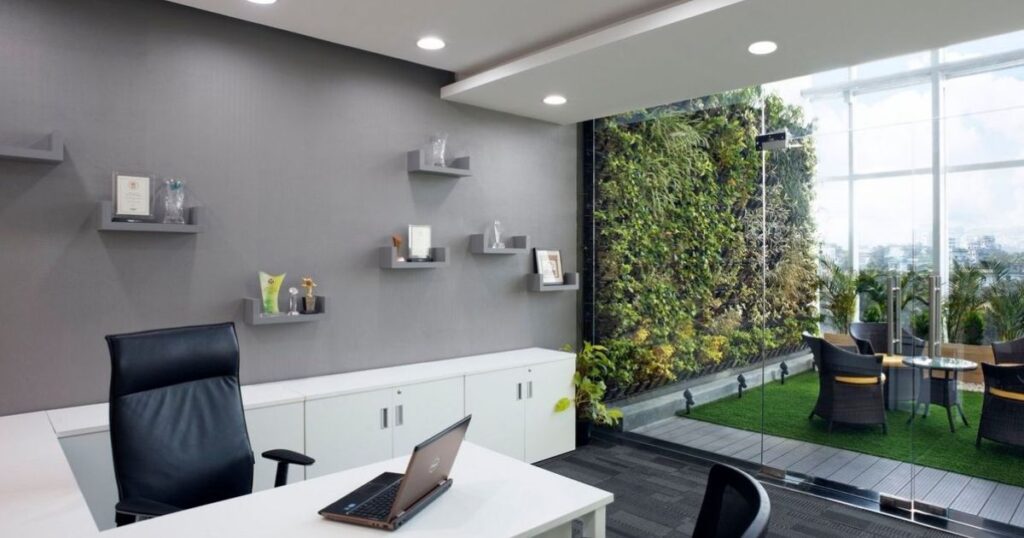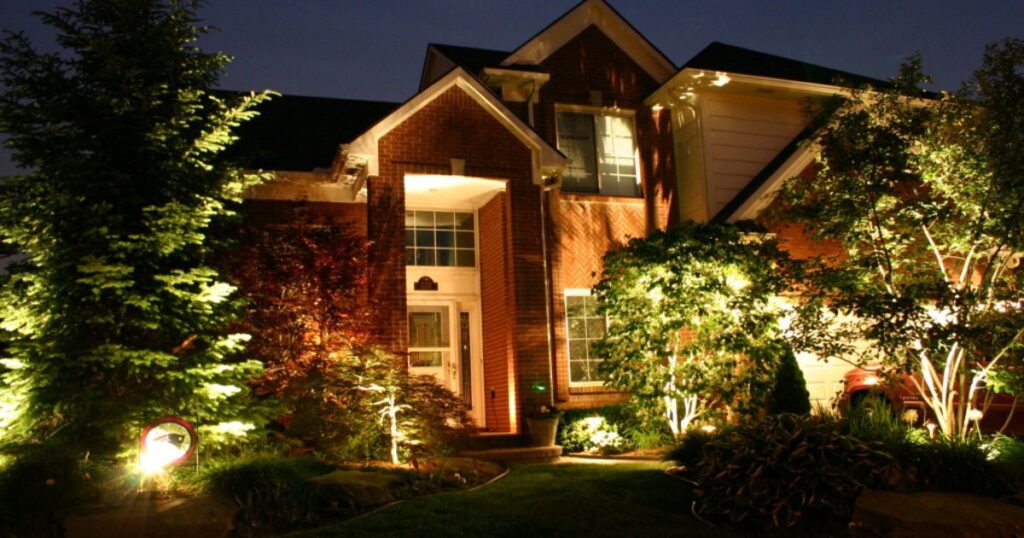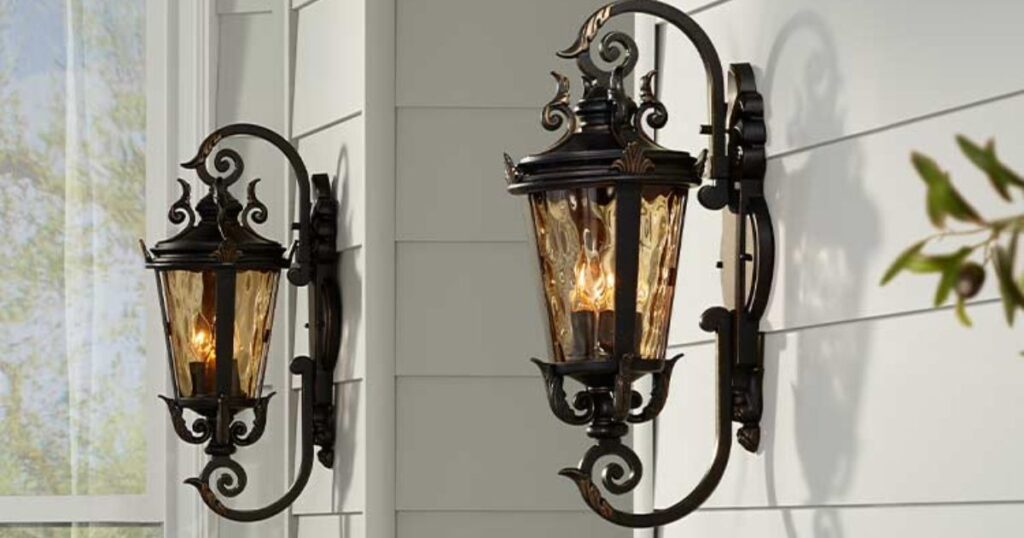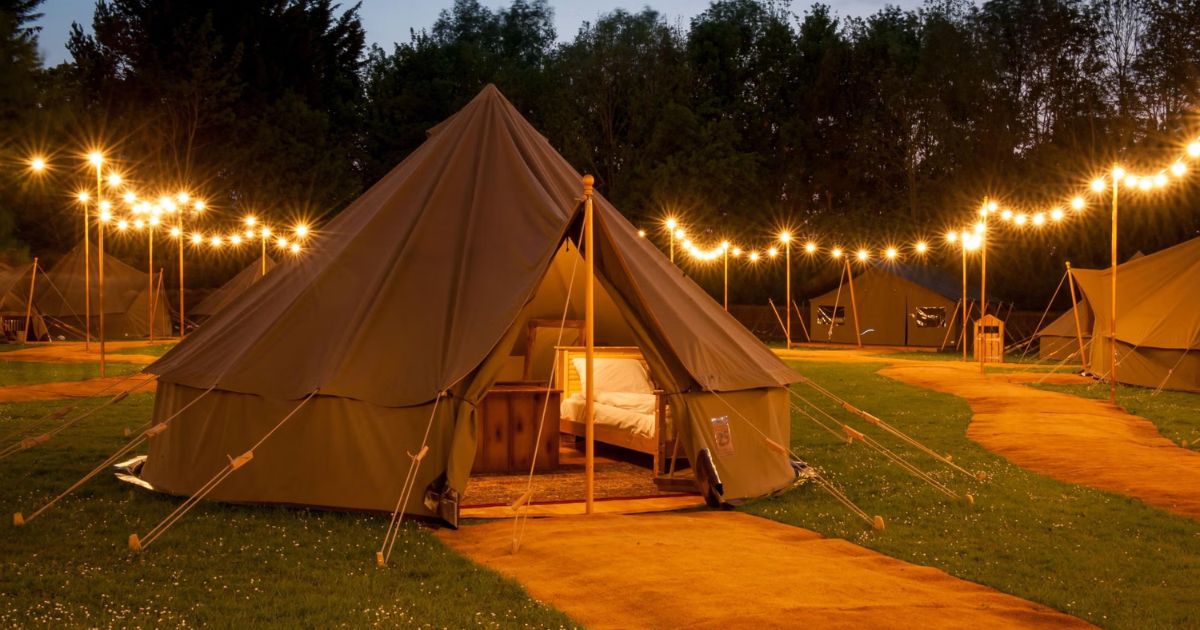Outdoor lighting serves many purposes from safety and security to aesthetic enjoyment. With so many options available, selecting the right lights requires understanding your needs and landscaping goals. This guide explores key factors for choosing outdoor lighting.
Whether illuminating walkways, enhancing architectural features, or creating ambiance, the variety of outdoor lighting allows customize your outdoor spaces. Let’s explore the different types and how to determine the best fit for your landscape and activity areas.
This article will cover lighting considerations like safety, decoration, and types suited to pathways, landscapes, and walls. It will also provide tips on choosing style, brightness, energy usage, and installation to complement any outdoors effectively and efficiently.
Consider Your Lighting Needs

The first step is assessing your priorities like safety, guidance, ambiance, or accenting. Are you wanting low-level lighting for security or higher lighting for activities at night? Do you need focused task lighting or ambient washes? Thinking through when and where you need illumination helps narrow lighting choices suitable to your setup and lifestyle.
Safety lighting ensures visibility at entryways and walkways after dark falls. 16 Ft LED lights Security fixtures with motion sensors deter unwanted visitors by signifying occupancy. Decorative lights add visual interest and guide visitors’ eyes to architectural details or focal points for an aesthetic evening experience rather than only functional illumination.
Safety and Security Lighting
Safety and security lights provide focused, directed light for pathways, driveways, and entry areas using fixtures like floodlights, spotlights, or postlights. Motion sensors add an extra security layer, automatically switching lights on when movement is detected after dark.
Decorative Lighting
Decorative fixtures like lanterns, string lights, and landscape uplighters beautify landscaping features rather than just illuminate them. Used alone or in combination with utility lights, they create an inviting ambiance through washes of subtle accent lighting after sunset.
Solar Lights for Day and Night Brightness
Solar lights offer an eco-friendly lighting solution using rechargeable batteries powered through the day by a solar panel. Units range from low-voltage path and step lights to landscape floods recharging during daylight for evening use. Benefits include longevity without wired installation and maintenance or energy costs.
Place solar fixtures where they receive optimal sun exposure like the top of garden walls, posts, or entry steps. Choose designs sized and placed to receive sufficient sunlight over a day to fully charge. Motion sensors conserve battery life on higher-output security lamps. Fixtures with automatic dusk-to-dawn operation switch on at nightfall after sunshine hours.
The Best Types of Lighting for Outdoors
Major outdoor lighting categories suit varied applications. Floodlights project wide beams for area lighting. Motion sensor lights automatically switch on for entries. String lights line pathways beautifully. Lanterns provide pooled ambient light. Post lights are wash fixtures on stands. Solar fixtures charge freely through daylight.
Floodlights
Floodlights feature wide beam bulbs suited to illuminating driveways, yards, and landscape areas from pole, wall, or eave mounting. Dimmable floodlights provide adjustable brightness levels as needed and energy efficiency.
Motion-Sensor Lights
Motion-sensing fixtures conserve energy by staying off until movement is detected, then brightening pathways and entries. Choose sensors adjustable for detection range and motion sensitivity suited to your space. Battery-powered lamps are installed without wiring projects.
String Lights
Festoon or net lights strung overhead or along walls create ambiance and guide visitors. Available in white or colored bulbs, they beautifully line pathways, decks, and landscape borders in spiral, linear, or looping designs perfect for special events too.
Lanterns
Metal, wood, or terra-cotta designed lanterns with hardy glass enclosures provide welcoming light. Used singly, in rows or clusters, they illuminate entries, porches, and landscape seating areas subtly from posts or fences. Dimmable fittings offer adjustable brightness.
Post Lights
Post lights mount directly on poles or bollards, projecting wash lighting on sidewalks, patios, and architectural features. Rugged enclosures protect bulbs from the weather. Choose between in-grade or surface installation post-lights.
Solar Lights
Solar-powered walkways, steps, and landscape fixtures recharge automatically during the day for evening use. Install them anywhere needing daylight independence like terraces, borders, and pools with maintenance-free outcomes. Motion sensor versions conserve battery power.
Pathway Lights to Illuminate Walkways
Illuminated sidewalks and stepping stones guide safe nighttime navigation to entries, yards, or patio seating. Line pathways with colorful string lights, small post lamps mounted on fencing or solar step lights for garden pathways, and brick or flagstone sets. Recessed lights let foot traffic pass over illuminated panels with no tripping concerns and their low-voltage bulbs pose no electrical risk to little feet.
Accent the edges of paver or slab sidewalks, side or through attractive planters and beds with wash lighting to highlight plantings or sculptures alongside the walk. Position fixtures close enough for coverage gaps, angling beams where needed to fully illuminate traffic areas softly and safely.
Choosing the Right Outdoor Lighting for Your Needs

Carefully considering your specific lighting needs is essential for determining the best options. Evaluate what areas you want to illuminate such as walkways, entry points, seating areas, or architectural features. Also determine the purpose of lighting, such as providing safety, guidance, security, or ambient decor. Thinking through how you use your outdoor spaces at different times of day and year will ensure fixtures suit your lifestyle.
It’s also important to match lighting attributes to the intended setting. Choose styles, materials, and brightness levels that will enhance your landscaping without being intrusive or artificial-looking. Consider energy efficiency as well to lower operating costs and reduce environmental impact. Well-planned lighting takes outdoor areas from functional to inviting throughout dusk and darkness.
Style
Select fixtures complementary to your home’s design from modern to traditional looks. Nature-inspired materials like wood and stone suit rustic properties while metal, glass, or marble convey contemporary vibes. Coordinate lighting coloring and scale appropriately for balanced aesthetic appeal.
Brightness
Low-voltage lights cast a subtle ambiance or medium levels illuminate walks sufficiently while brighter flood bulbs deter intruders visibly. Choose brightness wisely to not detract from nature’s grandeur or disturb neighbors with unwanted light bleeding past your yard bounds at night.
Energy Efficiency
LED lighting consumes minimal power for long lifetimes versus incandescent equivalents. Solar fixtures eliminate utility bills. Motion sensors and timers optimize run times. Consider ENERGY STAR-certified options and check lumen outputs versus wattages drawn for efficiency suited to your needs and power source.
Installation
Surface-mounted, stakes or poles facilitate DIY setups. Hardwired fixtures require electrician coding compliance while battery units are installed anywhere sans wiring projects. Sturdy mounting anchors landscape lights permanently yet allows adjusting angles seasonally for sun exposure optimization and coverage fine-tuning.
Landscape Lights to Enhance Plantings and Architecture
Uplights and low-voltage edge lights highlight flora and landscape formations subtly after dark. The following table compares common landscape lighting types suited to enhancing gardens, paths, and structures.
| Landscape Light Type | Description | Best Applications |
| Uplights | Linear fixtures illuminate alongside patios, walks and borders. | Accenting foliage canopy and natural structures. |
| Linear fixtures illuminate alongside patios, walks, and borders. | Directional lights draw focus to special plant specimens or statues. | Defining space boundaries and illuminating hardscape details attractively. |
| Spotlights | Edge lights | Highlighting individual specimens theatrically. |
Wall-mounted fixtures for Porches and Entryways

Welcome visitors with illuminated front walkways and porches via wall sconces, lanterns, and up-lights. Arrange sconces containing compact fluorescent or LED floods on either side of entries, garage fronts, or along staircases to guide safely. Angle adjustable uplights onto architectural details from soffits, ledges, or columns to draw eyes artistically before entering.
Strategically place fixtures near house numbers or front doors for visibility locating packages and guests after dark. Choose weather-resistant materials and installations for durability matched to your climate. Group matching fixtures symmetrically or space them individually as creative accents. Dimming them sets just the right welcoming tone throughout the evening hours.
FAQ’s
What is the best rating for outdoor lighting?
Look for lights rated IPX4 or higher, which means they are protected against splashing water from any direction. IPX7 is fully waterproof.
Are LED lights better for outside?
Yes, LED lights are more durable and efficient for outdoor use. They withstand the weather better and use less energy than other bulb types.
What is the most efficient exterior lighting?
Solar lights have no electricity costs as they are powered by the sun during the day. Motion-activated lights also save energy by staying off until movement is detected.
What type of lighting should be used in outdoor areas?
Pathway lights, post lamps, and low-voltage edging lights are suitable for illuminating walks and yards. Floodlights, sconces, and lanterns can provide decorative lighting for architectural features and seating areas.
Conclusion
Using the right outdoor lighting aligned to your needs and landscape vision creates welcoming spaces enjoyed from dusk until dawn. Factors including safety, guidance, decoration, and energy efficiency ensure practical, beautiful illumination. With advancements in eco-friendly, long-lasting LED options simply installed, strategically lighting your yards, walks and structures enhance enjoyment for both residents and guests after dark falls too.
Careful consideration of lighting types suited to settings yields optimally showcased outdoor areas. Whether illuminating pathways, landscape features, or architectural details, quality outdoor lighting brings surroundings to life safely and attractively through nighttime hours. With planning and choosing fixtures complementing your lifestyle and landscaping goals, outdoor spaces light up beautifully for comfortable enjoyment after sunset.













